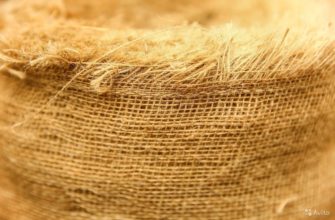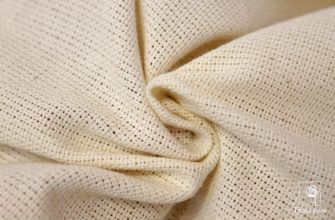The popularity of knitwear in the family wardrobe is confirmed by its use over the past hundred years. Particular tenderness and comfort are provided by one of the types of knitwear - rib knitwear.
- History of the canvas
- Cashcorse - what kind of fabric is it and what are its main characteristics
- Types of canvas and its scope of application
- Types of canvas by quality
- Types by density
- Types by composition
- Types of knitwear weave
- Features of production
- The difference between kashkorse and other knitted fabrics
- Advice for those who will have to work with rib knit
- What is sewn from the material?
- Care of products made of rib knit
- Price
- Pros and cons of using canvas
- Customer Reviews
History of the canvas
Thanks to Coco Chanel, French knitwear found application in the creation of new types of knitted fabrics used to make various wardrobe items. Knitwear fits the figure perfectly, providing comfort and coziness. This quality ensures its popularity.
One of the new types of knitwear that has managed to win the attention of consumers of different ages is kashkorse. Good thermoregulation, freedom of movement, and the absence of creases characterize the fabric.
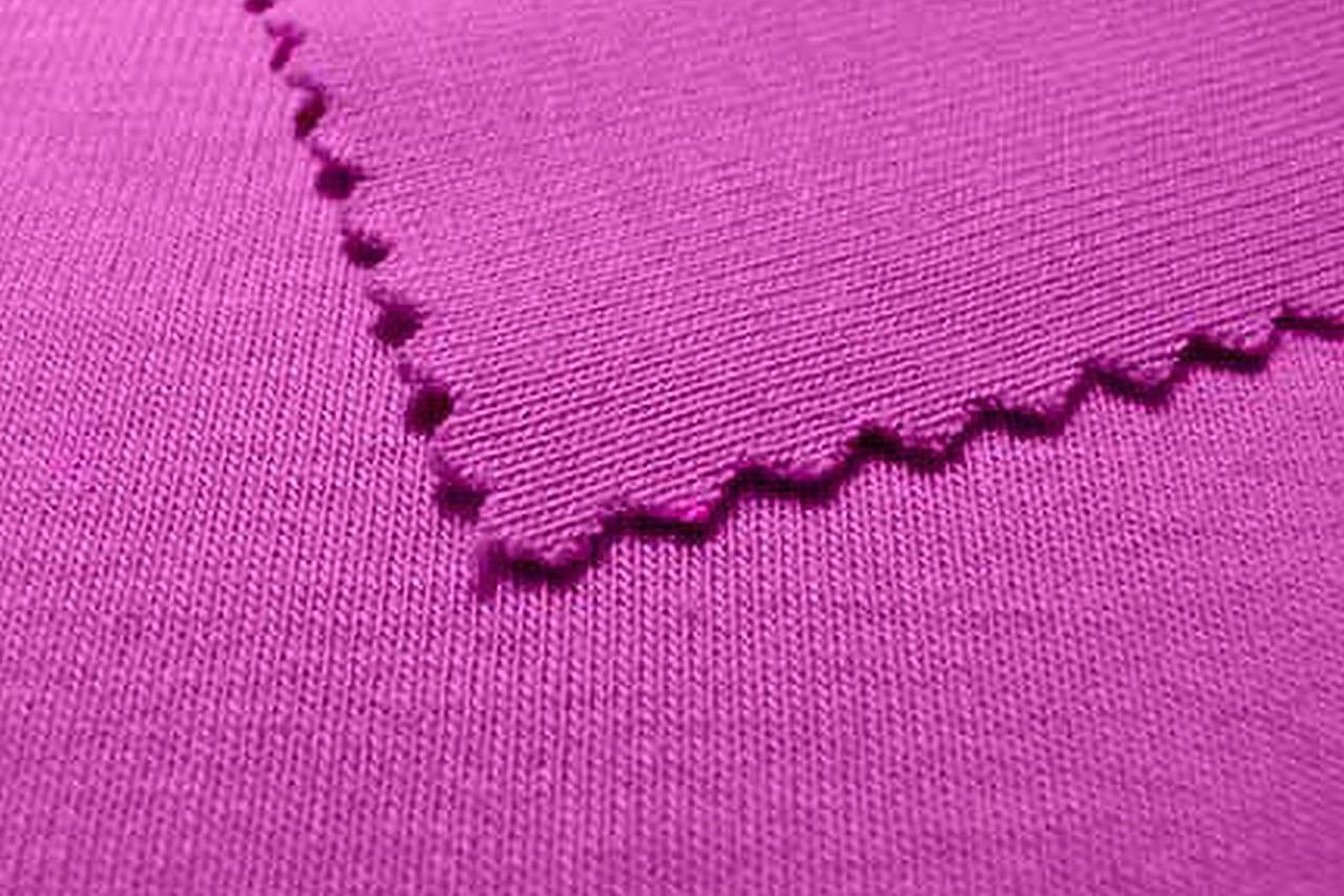
Cashcorse - what kind of fabric is it and what are its main characteristics
The special texture of the fabric is made in the form of convex rows of knitted loops. The appearance of the fabric resembles hand knitting with English elastic with alternating one, two or three-strip columns. Circular knitting of the fabric is often used, forming a seamless tube or stockings.
The use of cotton to create the material gives it a high degree of environmental friendliness. A small percentage of synthetic and artificial fibers in the structure does not reduce the hypoallergenic properties of the fabric.
Important! The structure of rib knitwear resembles elastic bands.
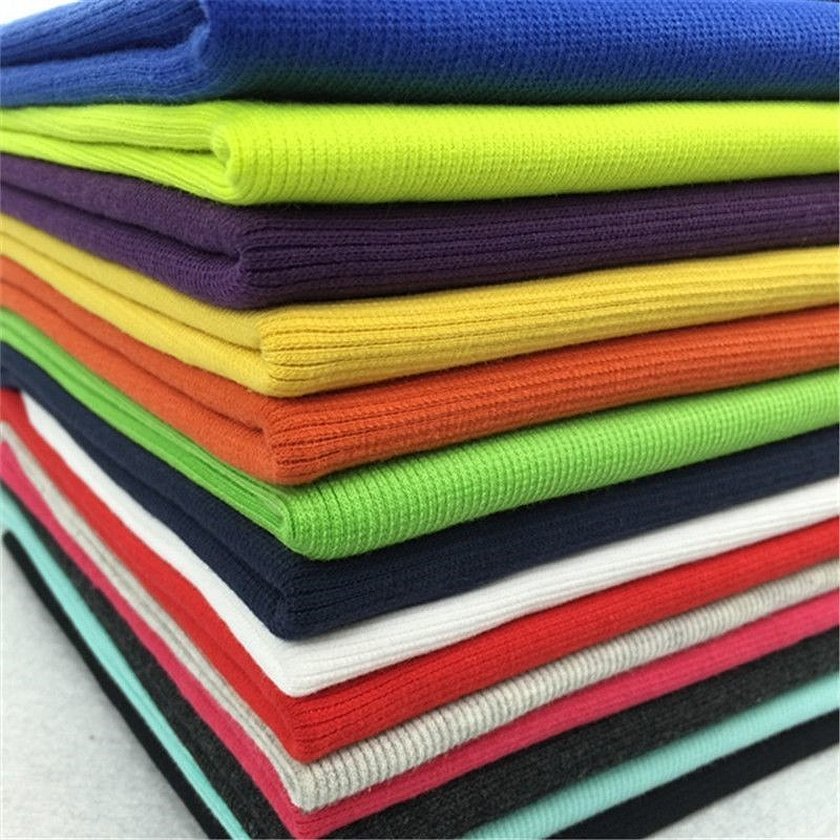
Types of canvas and its scope of application
The addition of components such as lycra, polyester, elastane or viscose to cotton affects the basic qualities of the fabric.
The variety of the canvas differs by:
- quality;
- density;
- composition;
- type of interlacing.
Types of canvas by quality
The ability to stretch without deformation and return to its original shape distinguishes the material from others.
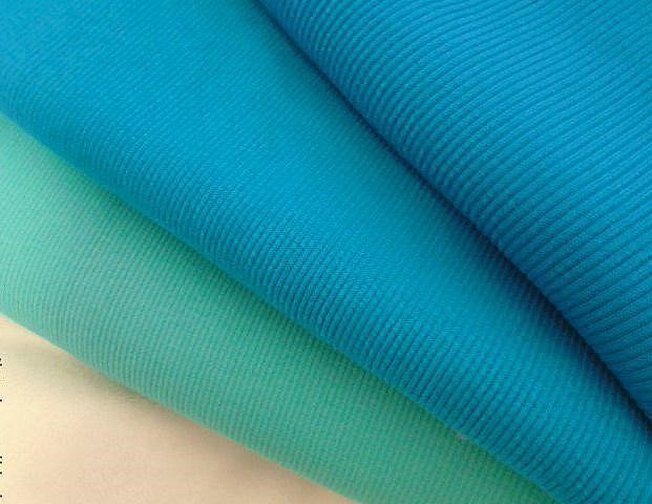
Types by density
There are three main types of material:
- thin. Used in the production of underwear and light clothing. The density is only 150-190 g/m²;
- medium. Corresponds to the ring and rib kashkorsa with polyester. Fabric density from 190 to 280 g/m²;
- dense open end and combed with a density of over 280 g/m².
Please note! The density of the knitting significantly affects the softness and elasticity of the material.
Types by composition
The content of additives affects the basic qualities of the material.
Knitted fabrics are divided into:
- kashkorse cotton with 100% cotton raw material content, characterized by low density and elasticity;
- with a polyester content of up to 30%, which leads to increased density;
- with viscose in the amount of 3%, diluted with polyester 22%, and a main content of cotton 75% is used in sewing jackets and coats;
- combed fabric containing 5% elastane and 95% long-staple cotton, making the fabric particularly soft and expensive, is used for children's clothing;
- The ring with a fleecy structure contains 5% lycra, which prevents shrinkage of the fabric after washing;
- acrylic is similar in composition to ring, used in the form of bands, belts and cuffs;
- open end is made from short-staple cotton, contains no more than 5% lycra, and is used for outerwear;
- with a fleece backing, they produce thick knitwear containing lycra, used for scarves, sweaters, golf socks, hats, leggings and sportswear;
- without combing, kashkorse contains up to 10% lycra
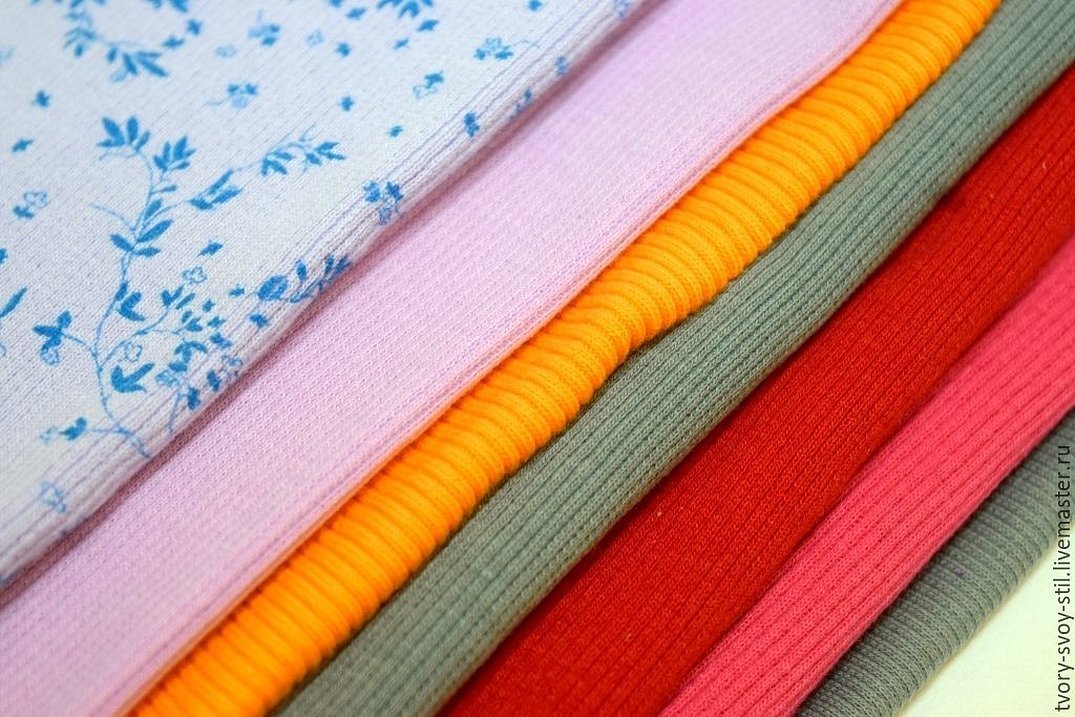
Types of knitwear weave
According to the structure of knitwear, there are warp-knitted and cross-knitted (kulirny) types. In the first case, all the warp threads are knitted separately, in the second, the threads are shifted. The material obtained as a result of shifted weaving is less likely to crumble from the sides due to the inclined loops.
Other types of weaves:
- tricot has a one-needle offset every other row when a loop in a column is formed by two adjacent fibers;
- chain - a standard weave with a row of loops from a single thread, as in hand knitting;
- satin is created by a zigzag pattern on both sides of the fabric with alternate shifts of threads. The main thread is involved in the weaving of each row, which helps to stretch the fabric in width and curl at the edges;
- the cloth has a feature of an untidy front part of the fabric due to the shift of threads to the second and third needle. It is often used with the wrong side up;
- cross-knitted fabrics unravel in all directions and stretch in width. This is typical for ribana, which does not require ironing;
- reverse knitwear is presented with two wrong sides;
- footer is a fairly elastic material with a natural base. It is made in a single or double way, and has, respectively, front or back loops.
Please note! The weaves of rib knit are also divided into derivative, main, complex and patterned.
The complex alternation of loops allows for the production of jacquard weaves using complex technological production processes.
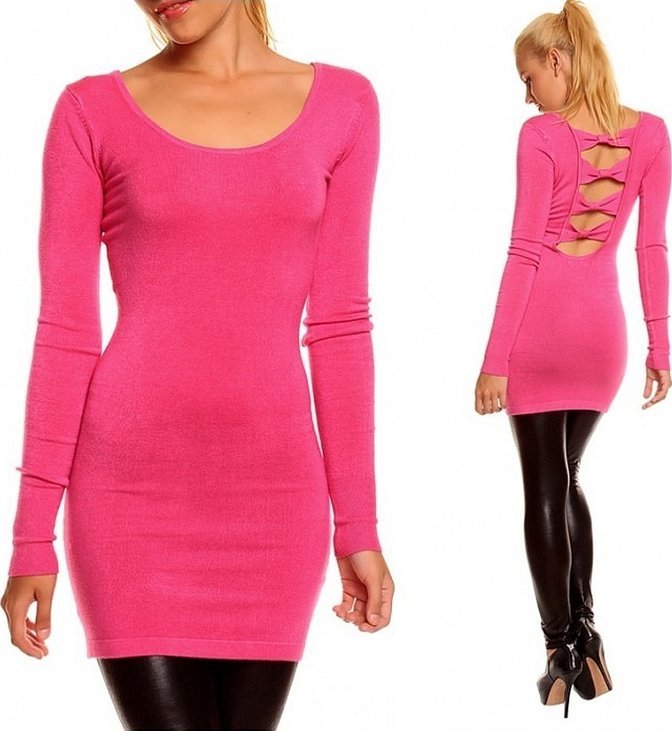
Features of production
Specialized processing of raw materials in production to obtain a pleasant smooth thin material involves additional manipulations to remove fluff from the surface, make the material smooth, and achieve wear-resistant qualities.
The division of cotton raw materials by length and quality of fibers determines the further type of knitted fabric. The introduction of synthetic additives that provide the material with additional qualities - shape retention and color fastness after chemical treatment, the presence or absence of pile, the external aesthetic appearance of the fabric, allowing its use for cutting expensive wardrobe items.
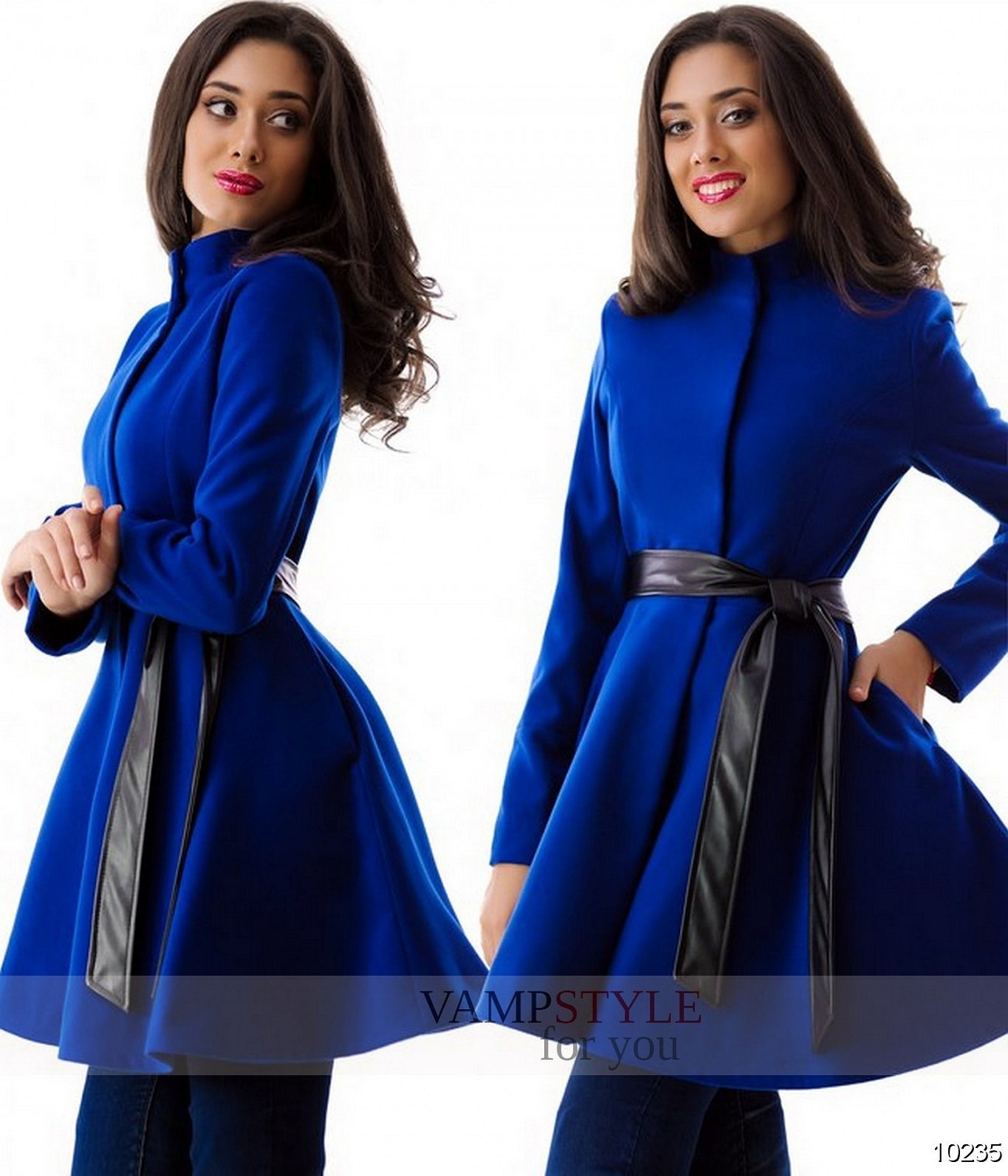
The difference between kashkorse and other knitted fabrics
The content of cotton and synthetic fibers makes the material distinguishable from other types of knitwear. The presence of loop tracks, reminiscent of hand knitting, characterizes the appearance of the finished product.
Please note! The ability to restore the original shape, to fit the figure in different directions, the natural origin of the main raw material for production make the fabric especially comfortable when in contact with the sensitive skin of a baby or allergy sufferer.
What is sewn from kashkorse? Knitted kashkorse is widely used in sewing children's and underwear due to the high hygienic properties of the fabric.
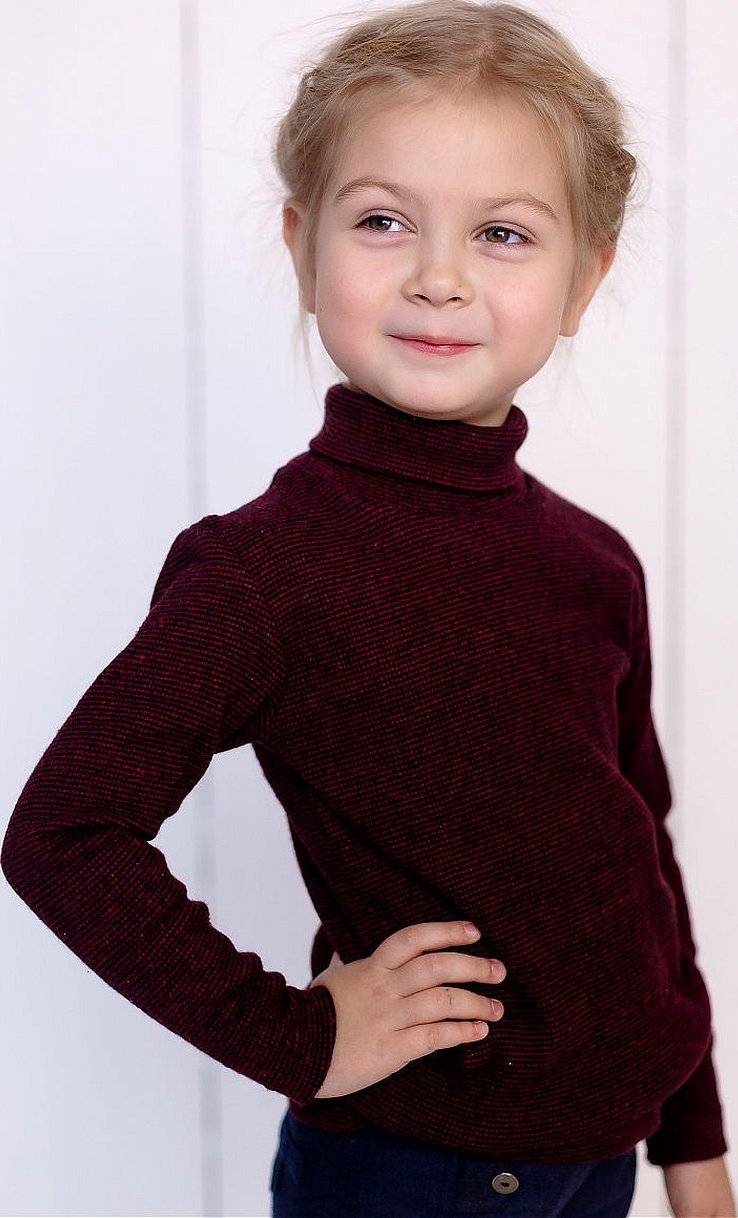
Advice for those who will have to work with rib knit
Particular difficulties arise when cutting and processing fabric during the sewing process. Processing a fraying or unraveling edge of fabric requires special attention from the cutter. The direction of fabric stretching and the location of columns that can unravel when mechanically damaged during the wearing of the finished product are also taken into account at the initial stage.
Important! Combining different types of fabric in texture leads to a skewed finished garment and incorrect stretching. The simultaneous use of non-stretchy fabrics and elastic rib knit base requires high skill from the manufacturer of high fashion ready-to-wear.
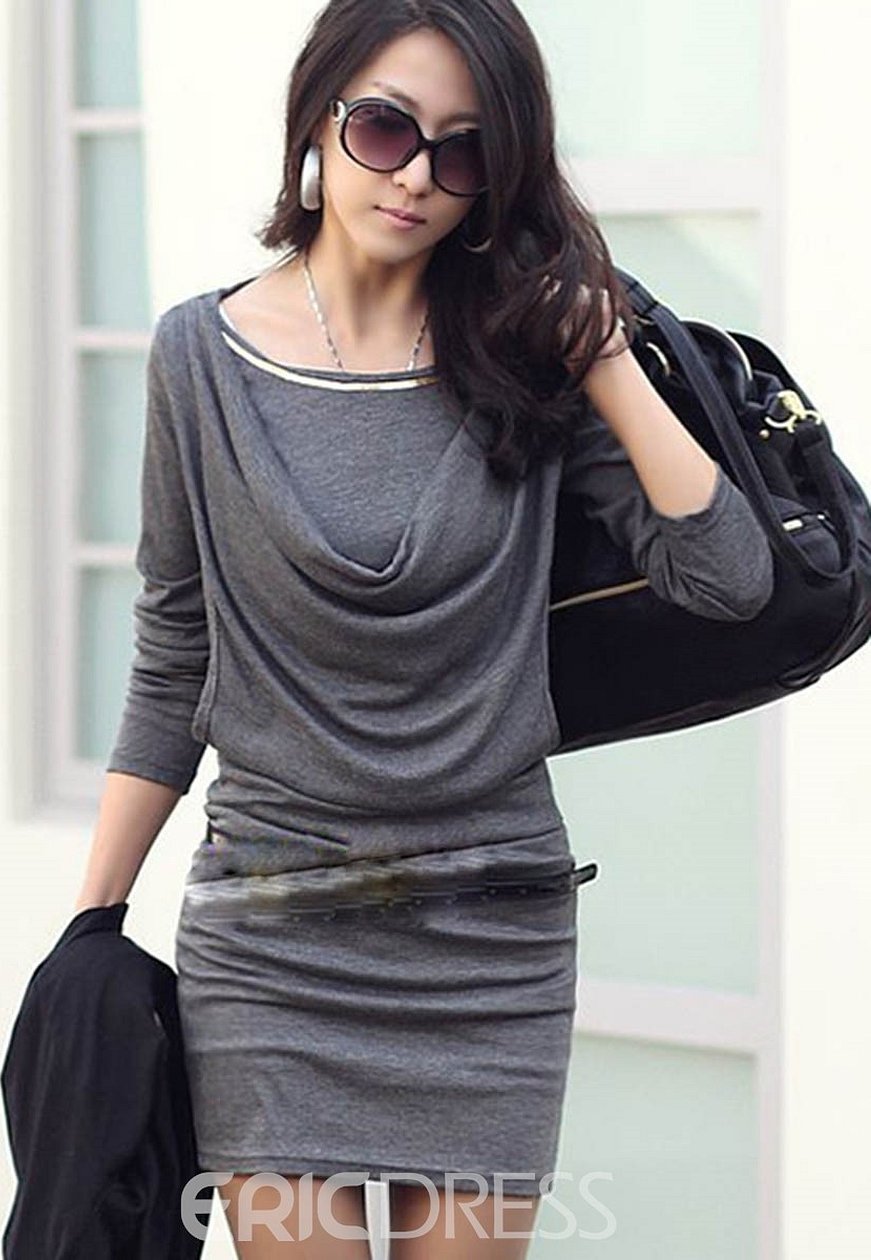
What is sewn from the material?
The popularity of the fabric often raises questions among those who are just starting to work with kashkorse: what kind of fabric is it and what is it used for? Making turtlenecks and sweaters, coats and cardigans, hats and sports leggings is far from a complete list. Fabrics with a higher density are used to process the hem and sleeves of coats and jackets. Fabrics with a softer and more delicate texture are used in sewing products for infants. Children's T-shirts and shorts, dresses and sweaters made of this material are worn with pleasure by babies.
The ease of dry cleaning and wet washing of knitted fabric is in demand by young mothers. Interlock underwear sets absorb excess moisture, leaving the baby's skin dry. The fabric is breathable, which does not lead to diaper rash and irritation.
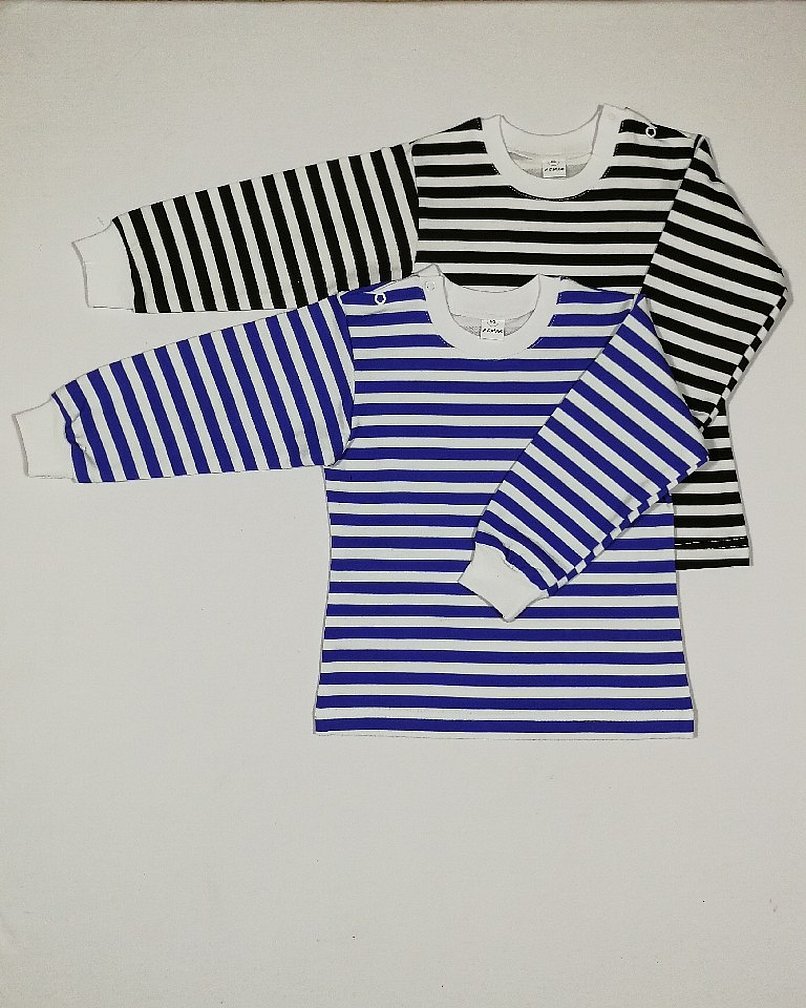
Care of products made of rib knit
Proper care using mild detergents without aggressive bleaches preserves the original appearance and elasticity of the material. Ribbed knits should not be washed at water temperatures above 40 °C. Hot water can cause the product to shrink or become skewed when spinning.
Using a gentle iron temperature and preferring hand washing will preserve the beautiful appearance of the product for a long time.
Please note! It is recommended to dry clothes in a straightened form, especially those made from soft types of knitwear.
Price
The composition of the fabric determines not only the structure of the material, but also the price per 1 m.
- Combed wood, made from selected raw materials, has high density and wear resistance qualities, and is sold at a price starting from 430 rubles.*
- The ring, which is made of medium-quality cotton, is offered from 300 rubles wholesale. The price can reach up to 400 rubles in retail.
- Milano costs from 300 rubles.
- With fleece lining, cashmere is sold for 450 rubles and up due to the fact that it is used in sewing products to protect against the cold.
- Unbrushed fabric with increased elasticity is sold at a price of 250 rubles.
- Open end made from short-wavy raw materials is sold for 200 rubles.
- Acrylic costs 200 rubles.
- Cotton, despite its low density and rapid wear, is sold for 550 rubles.
- Viscose is sold for 450 rubles.

Pros and cons of using canvas
The popular knitted fabric has more advantages than disadvantages:
- the elasticity of the fabric, which affects the stretchability of the fibers, helps to create stylish wardrobe models;
- the natural origin of the raw materials for production ensures safety for allergy sufferers and infants;
- easy air penetration and moisture absorption increase wearing comfort;
- high thermal insulation properties of the material;
- variety of color shades, stripe widths, presence of printed patterns.
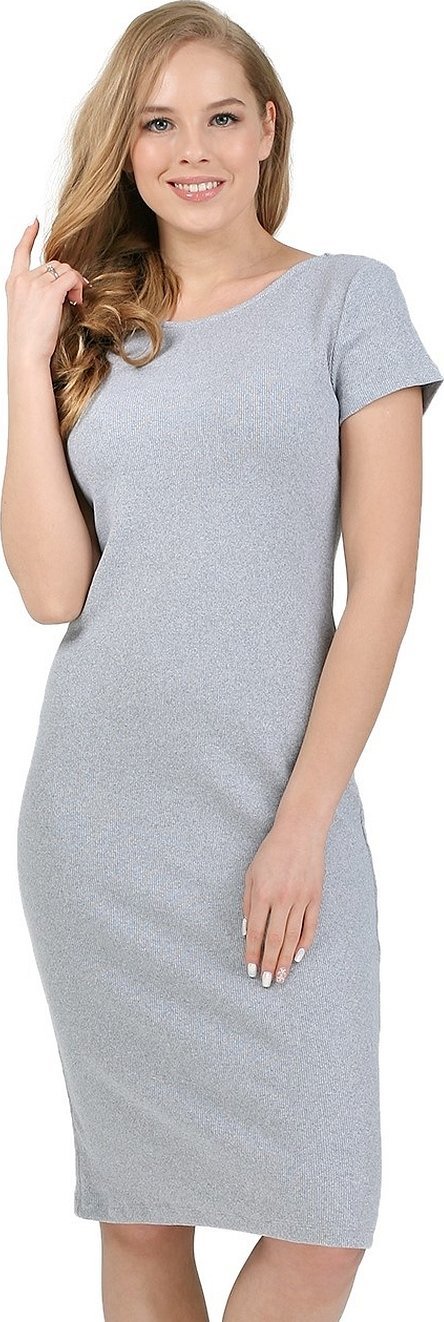
Customer Reviews
Ekaterina, 25 years old. I sew myself, I get nervous when it doesn’t work out right away, but my child loves things made of soft knitwear.
Larisa, 35 years old. A beautiful dress made of this fabric has become my favorite, but it is very capricious in washing and ironing.
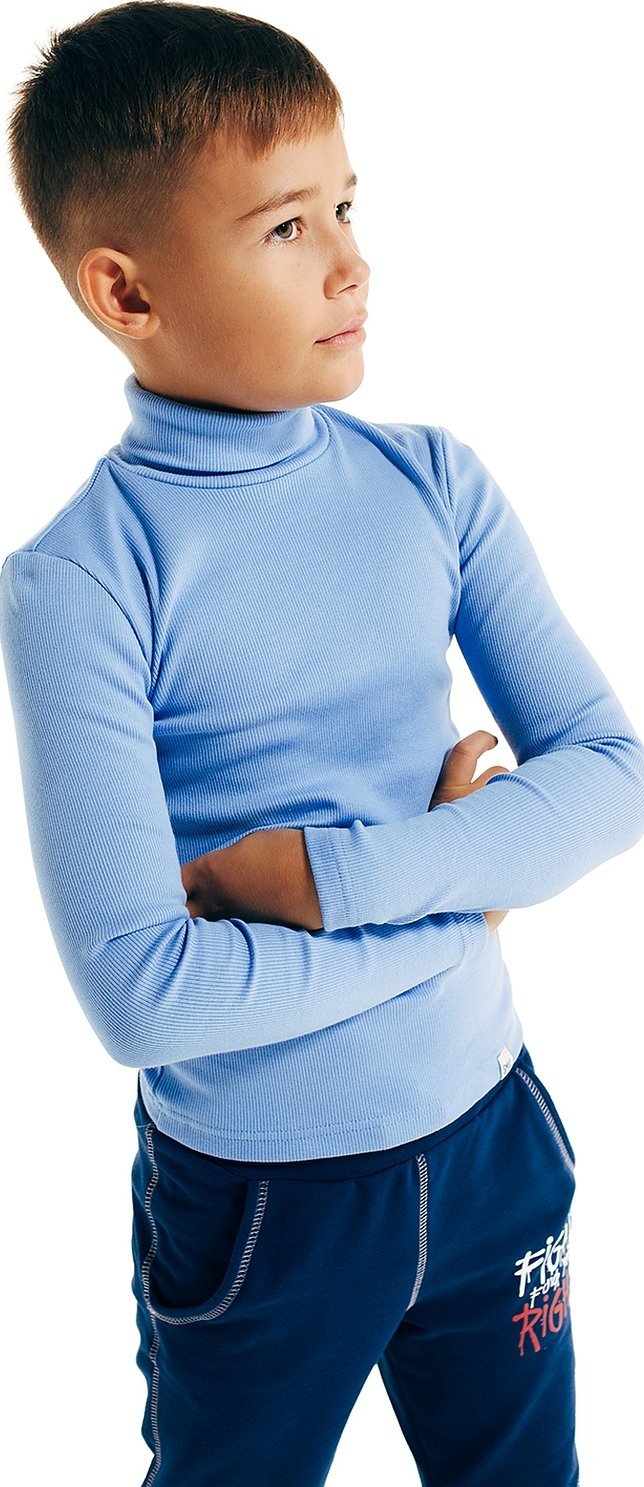
It is precisely because of the large number of advantages that many seamstresses choose rib kashkorse. Professionals are not stopped by the difficulties that they will have to face during cutting and sewing from this material, because in the end they will get a beautiful, high-quality and pleasant to the body thing.
*Prices are valid as of May 2019.



